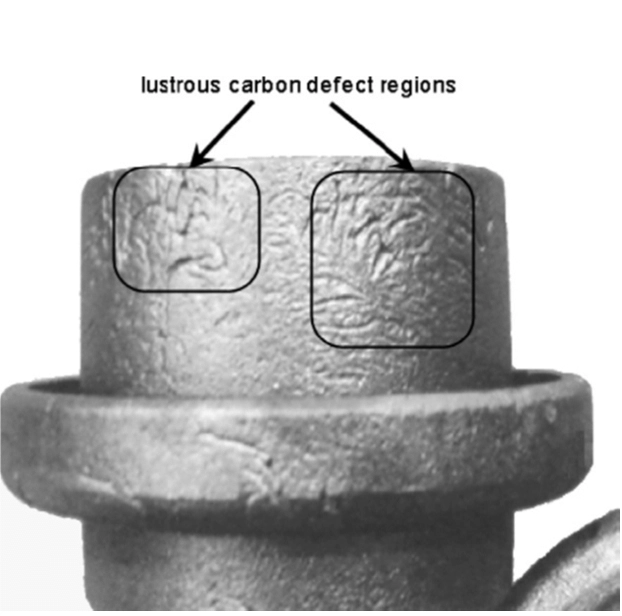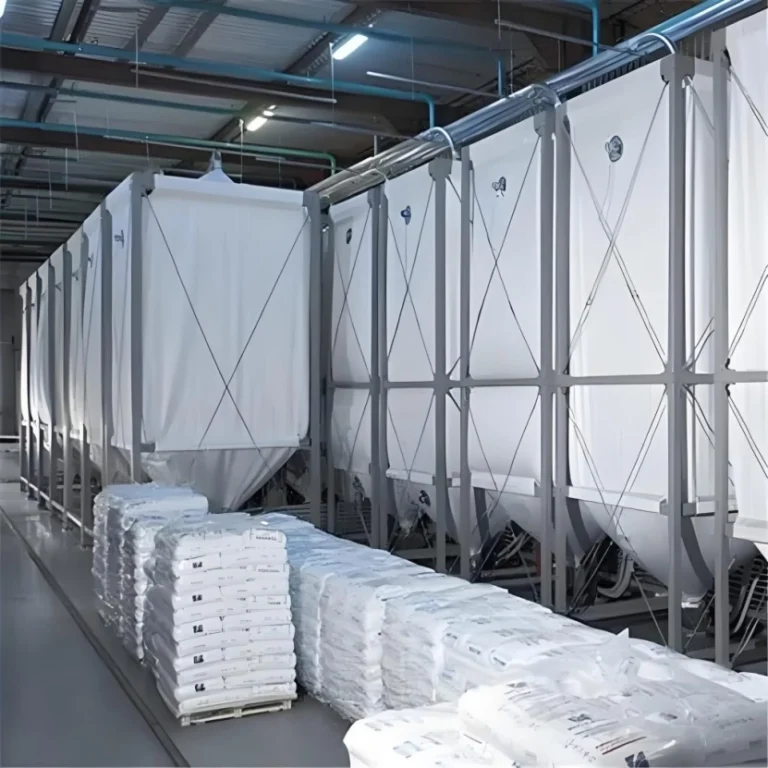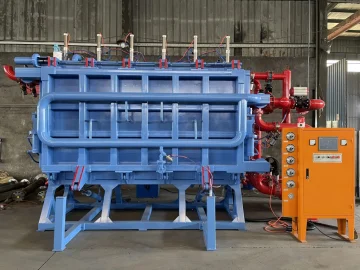Lost foam casting is a sophisticated casting process well recognized for the production of detail-specific near-net-shape castings, where refractory coatings are of critical importance. Indeed, these coatings could be much more than just an additional protection of the mold; in fact, they will determine whether the integrity of the mold, the flow of the molten metal, and the final quality of the casting are appropriate or not.
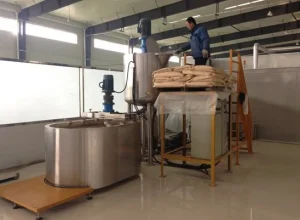
1.Multi-Functionality of Lost Foam Coatings
In EPC, the intricate relationship at the core between the liquid metal, vaporizing foam pattern, refractory coating, and enveloping sand mold exist. The coating is in the position of mediating among such interactions, characterizing physical/thermal transport within such a system.
Mechanical and Thermal Protection of the Foam Pattern: Such foam patterns have an inherent fragility, and especially those thin-walled are prone to damaging and deforming during manipulations and in mold preparation. Coating acts to reinforce the pattern in strength and rigidity, saving it from deformation or collapse during sand compacting and pouring.
Preventing Metal Penetration and Sand Adhesion: The coating acts as a critical barrier, preventing the molten metal from infiltrating the sand mold. This is important because metal penetration often results in severe sand inclusions that will significantly affect the surface finish and the structural integrity of the casting. The refractoriness of the coating prevents the chemical attack by the molten metal on the sand, hence giving a smooth casting surface free from sand adhesion.
Gas Evacuation and Mold Cavity Integrity: Being that the foam pattern vaporizes at its interface with the molten metal, a considerable amount of gaseous byproduct is evolved. Coating permeability is very important for allowing this to take place easily through the coating into either the surrounding sand or the vacuum system. The gas vented prevents the pressure of it from being inside the mold. This is dangerous as it can create blowholes or incomplete filling defects. This coating facilitates the mold cavity to withstand the pattern once the foam pattern has evaporated so that molten metal could fill up the space designated accurately .
Controlling Heat Transfer: The coating plays a vital role in regulating the heat transfer between the molten metal and the sand mold. This control is essential for achieving the desired solidification rate, which directly influences the microstructure and mechanical properties of the casting.
2.Composition and Properties of Lost Foam Coatings:
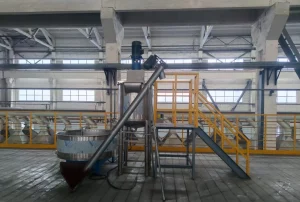
To fulfill their multifaceted roles, lost foam coatings must exhibit a carefully balanced combination of properties.
Refractory Materials: The backbone of any lost foam coating is its refractory material content. This component provides the coating with its high-temperature resistance, strength, and permeability.
Silica: A widely used and cost-effective refractory material, silica is suitable for casting smaller iron, aluminum, and copper parts. However, its relatively low refractoriness limits its application in steel castings.
Zirconium Silicate: Known for its exceptional high-temperature resistance and excellent anti-sand sticking properties, zirconium silicate is the preferred choice for casting steel and large cast iron parts.
Alumina: Another high-performance refractory material, alumina offers high refractoriness and is frequently used for casting steel and larger iron components.
Graphite: Widely employed in cast iron production due to its high refractoriness, graphite is prone to oxidation and may require additional measures to prevent this.
Kyanite: A high-temperature resistant material that transforms into mullite at elevated temperatures, making it a suitable substitute for alumina in certain applications.
Binders: Binders hold the refractory materials together, providing the coating with its structural integrity and strength.
Selection of binders depends on factors such as the desired coating thickness, drying time, and the required high-temperature performance.
Suspending Agents: Suspending agents help to maintain the uniform distribution of the refractory materials within the coating slurry, preventing settling and ensuring a consistent coating thickness.
Other Additives: Various additives can be incorporated into the coating formulation to tailor its properties further. These include wetting agents to improve the coating’s adhesion to the foam pattern, defoamers to prevent air entrapment, and corrosion inhibitors to protect metallic components in the casting system.
3.Coating Application and Process Considerations:
Among the most critical steps in foundry applications that determine a lot about the quality of the final casting, coating application onto the foam pattern can be cited.
Application Techniques: Generally, the two conventional techniques adopted for applying lost foam coating include dipping and spraying. The technique mainly depends on several factors, such as size and geometry of the pattern, coating thickness, and the level of production.
Drying: Coating drying must be adequate to obtain appropriate properties for it, which involves the smooth passing of decomposition gases while pouring the material. Lack of appropriate drying traps the moisture inside, developing defects in the casting called a blowhole or porosity.
Thickness of Coating: Thickness in the coating layer is one of the critical coating factors affecting its performance. A thick coating can provide a higher protection and strength but may cause a reduction in the efficiency of gas evacuation from decomposition. A thinner coating may have more permeability but could lack the required strength, possibly being more susceptible to cracking or erosion by the liquid metal. The optimum thickness of the coating is a compromise between these factors and the particular casting requirements.
Parameters of Pouring: The actual process of pouring is another influential variable in the coating’s performance. The control of pouring temperature, pouring speed, and negative pressure application optimizes the interaction among the molten metal, the coating, and the sand mold. Too high a pouring temperature can lead to excessive erosion of the coating, while too low a temperature can result in incomplete filling and cold shuts.
4. Challenges and Considerations:
Though lost foam casting is besieged with several advantages, the coating process itself has a lot of challenges that need to be put into serious consideration and control.
Uniform Coating Thickness: It is difficult to maintain uniform coating thickness, especially on complex patterns. Variations in thickness cause non-uniform heat transfer and solidification rates, affecting the quality of the casting and causing dimensional inaccuracies.
Coating Defects: Cracks, pinholes, and incomplete coverage in the coating allow it to lose its barrier action; this results in metal penetration or sand inclusions or gas entrapment. Permeability of Coating and Gas Evacuation: It is important to find a balance in the permeability of the coating as well as in its strength and resistance to erosion. Too high a permeability could lead to metal penetration while too low a permeability will impede gas evacuation and result in casting defects.
Environment Conservation: Much coating material, additive, can pose some environmental concerns resulting from the noxious fumes produced or highly toxic waste emanating from its operation. Appropriate environmentally sensitive material along with best efforts for management of wastes have become an imminent requirement for keeping EPC Casting environmentally friendly.
Hangzhou Ouchen Technology Co., LTD: Your One Stop for the Best Equipment in the Industry
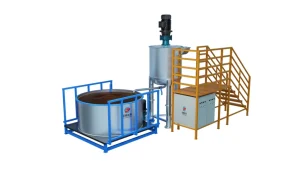
Hangzhou Ouchen Technology Co., LTD focuses on high-end intelligent lost foam casting equipment. Their EPC machines provide a full series in coating process optimization and improvement in casting quality. Main Equipment:
Foam Pattern Production Machines: Such as the Foam Sheet Machine and Pre-Foaming Machines, offering precision and efficiency.
Maturation Silo: Ensures consistent storage and stabilization of pre-expanded beads.
Foam Molding Machines: Vertical and Horizontal models for high-accuracy pattern formation.
Auxiliary Equipment: Including Air Dryers, Central Vacuum Systems, and Paint Mixers to ensure a dust-free environment and uniform coating application.
Ouchen’s machines include the latest technology, with an emphasis on energy efficiency and environmental responsibility. This customer-oriented company has combined excellent technical support and after-sales service to enable foundries to respond to their enhanced EPC operations.
5. Conclusion
Refractory coatings play a very important role in the success of lost foam casting. The functions of protection of foam patterns, prevention of metal penetration, facilitation of gas evacuation, and control of heat transfer are directly linked to the quality of the castings produced. As the demand for geometrically complex near-net-shape castings continues to grow, advances in coating materials and application techniques will continue to impact the future of lost foam casting to make the process more effective and versatile in foundries.

